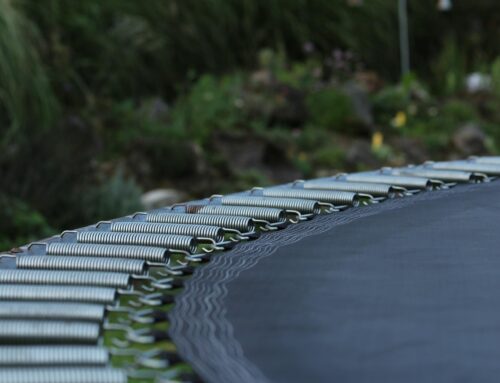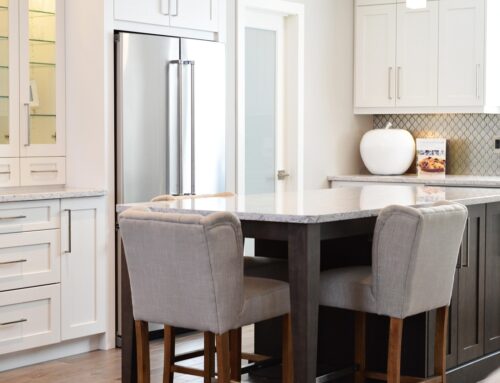Recently, the show “This Is Us has everyone talking about fire safety.
Data from 2012-2015 indicates there were 103 fires caused by slow cookers resulting in two injuries, no fatalities, and $1.6 million in property damage. These stats pale in comparison to stove fires which caused 63,784 fires and 3,834 injuries while claiming 199 lives. The property damage was nearly $104 million in home insurance claims.
While I understand #CrockPotIsInnocent, you can’t keep Jack Pearson from the back of my mind when cooking with the Crockpot. @NBCThisisUs @CrockPotCares
— Matt Smith (@SmithMatt_13) February 11, 2018
So what should you do when you are considering using a slow cooker? Here are a few safety tips to keep in mind?
Safe beginnings
- Begin with a clean cooker, clean utensils, and a clean work area.
- Wash your hands before and during food preparation.
- Keep perishable foods refrigerated until preparation time.
- If you cut up meat and vegetables in advance, store them separately in the refrigerator.
- The slow cooker may take several hours to reach a safe, bacteria-killing temperature.
Fill with the right amount
- Fill the cooker no less than half full and no more than two-thirds full.
- Vegetables cook slower than meat and poultry in a slow cooker. If using vegetables, place them at the bottom and along the sides of the utensil. Then add meat and cover the food with liquid such as broth, water, or barbecue sauce.
- Keep the lid in place, removing only to stir the food or check for doneness.
Settings
- Most cookers have two or more settings. Foods take different times to cook depending upon the setting used.
- Certainly foods will cook faster on high than on low. However, for all-day cooking or for less-tender cuts, you may want to use the low setting.
- If possible, turn the cooker on the highest setting for the first hour of cooking time and then to low or the setting called for in your recipe.
- However, it’s safe to cook foods on low the entire time – if you’re leaving for work, for example, and preparation time is limited.
- After your food is cooked, it will stay safe as long as the cooker is operating.
Power outage
- If you’re not at home during the entire slow-cooking process and the power goes out, throw away the food – even if it looks done.
- If you’re at home, finish cooking the ingredients immediately using another method: gas stove, outdoor grill, or at a house where the power is on.
- When you’re at home and if the food was completely cooked before the power went out, the food should remain safe up to two hours.
Sorry! The Author has not filled his profile.








